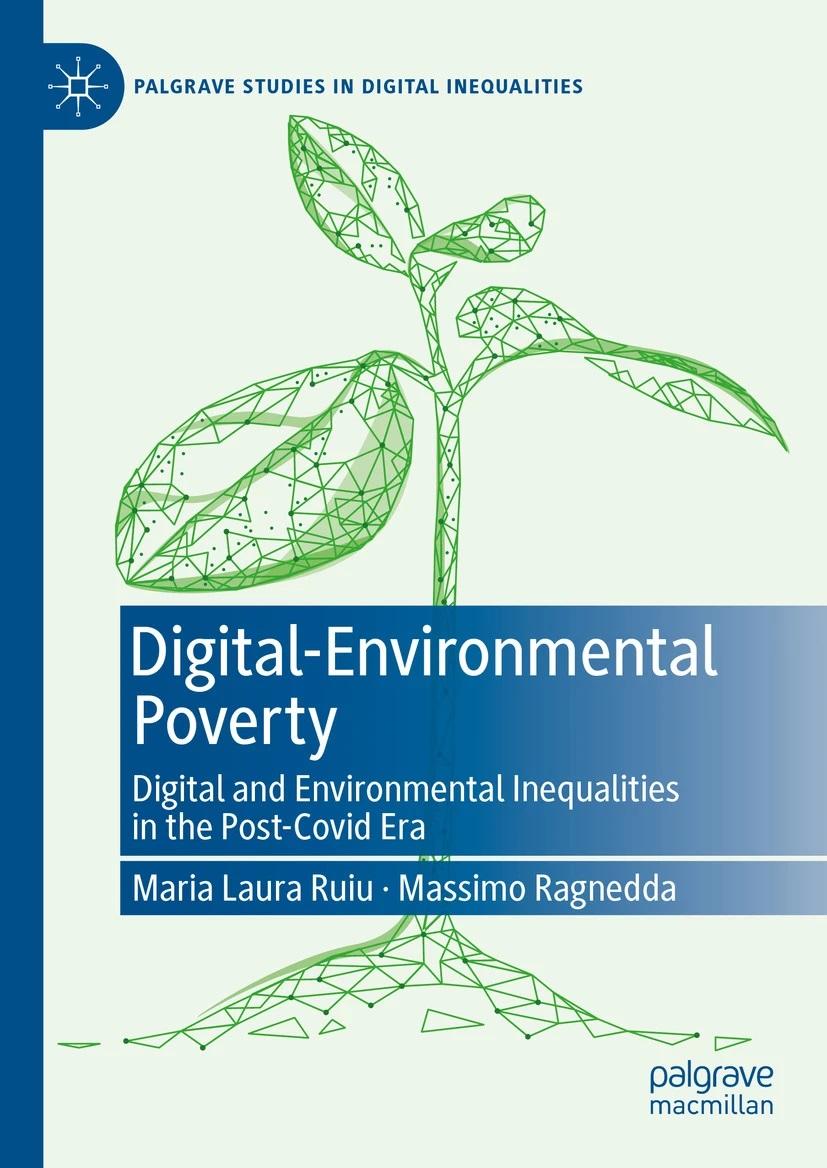
By Maria Laura Ruiu and Massimo Ragnedda
This book analyzes and understands the complexity of digital poverty by considering its intersecting nature with socioeconomic and environmental poverty. The rapid digital acceleration that has characterized contemporary society in recent decades, notably accelerated by the COVID-19 pandemic, has profoundly reshaped societal structures and dynamics. Our direction depends on how we integrate digital technologies into social structures, utilize them for environmental protection, and master their use rather than being passive consumers.
Digital Environmental Poverty is split into three sections. Section I explores the multidimensional nature of poverty, emphasizing the necessity to view it beyond economic terms, and placing it within the contemporary digital-environmental evolution. Section II focuses on the environmental dimension of poverty. Section III offers case studies illustrating the interplay between social, digital, and environmental poverty. The conclusion provides recommendations to anticipate and mitigate the risk of digital environmental poverty.
This book:
- explores the complex intersection of digital poverty with socioeconomic and environmental poverty
- explores the intersection of digital technologies and environmental protection
- explores how digital integration into social structures can impact environmental sustainability
Part of the book series: Palgrave Studies in Digital Inequalities (PSDI)
Maria Laura Ruiu is at Northumbria University, Newcastle upon Tyne, UK.
Massimo Ragnedda is Associate Professor at the College of Communication, University of Sharjah, UAE, and co-chair of IAMCR's Digital Divide Working Group.
The above text is from the publisher’s description of the book:
Title: Digital-Environmental Poverty: Digital and environmental inequalities in the post-covid era
Authors: Maria Laura Ruiu and Massimo Ragnedda
Published: 2024
Pages: 269
Publisher: Palgrave Macmillan Cham